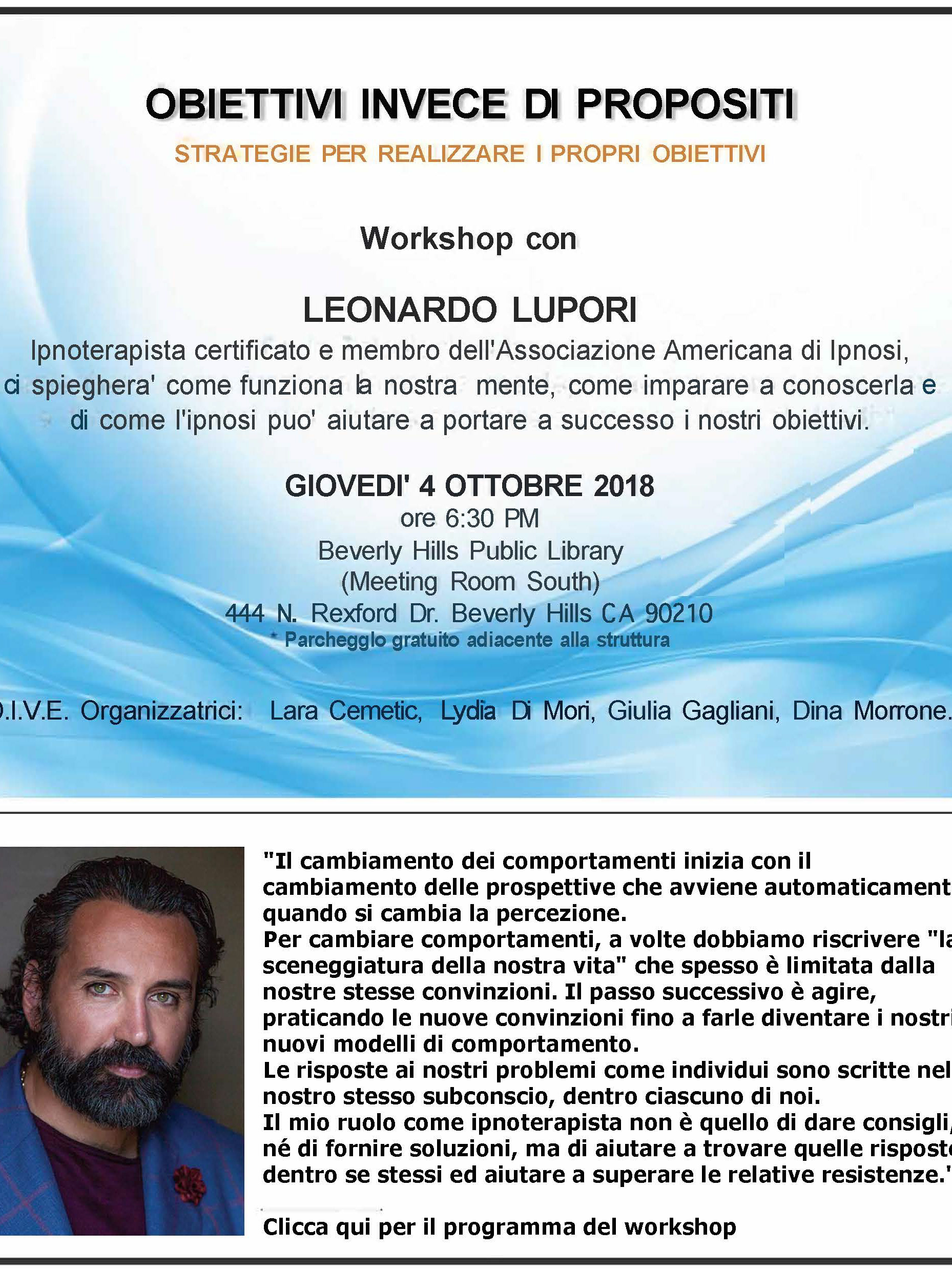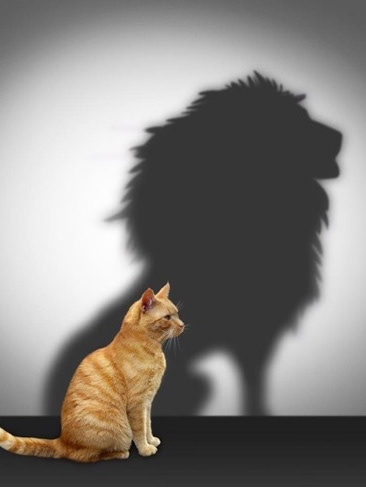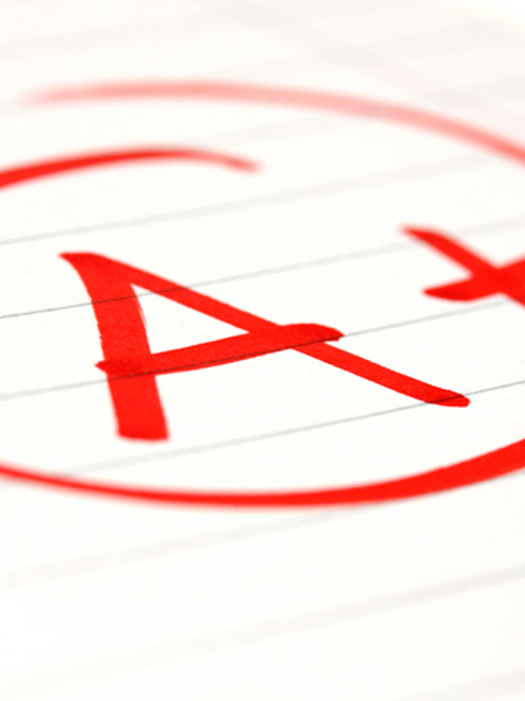OUR FEAR CHOOSES
HOW WE RESPOND
When we are under severe stress we make decisions based on the memories of previous experiences of danger
Why can fear lead to bad decisions?
A perceived danger activates a Fight and Flight response.
That causes the brain to go into survival mode. Consequently, the brain shuts down the cortex brain, the top layer, responsible for rational activities, such as logic, analysis, and strategy.
Fears, like any other emotion, are perceived in the limbic brain or emotional brain, the second layer.
An emotion creates an automatic reaction, which is different than an autonomous response.
Consequently, the feeling fires a physical reaction in the body, our breathing system, our muscles, our heartbeats, our body temperature are altered. We are now experiencing tension, physical discomfort, sweetness, even pain. The emotional brain has sent a signal to the body to prepare for the event. The body is sending back messages to the brain to stay alert.
Our subconscious mind, the body, and the reptilian brain, which is the first layer, also called the regulatory brain, do not distinguish the difference between reality and fantasy. Therefore, even just an event that we have fabricated in our mind can alter our entire system, which is now prepared to either battle (fight=anxiety ) or run ( flight=depression).
This primitive response was handy at the time we were homo sapiens.
However, the modern human being has developed a thicker cortex brain, which is capable of doing wonders when it is operating, like analyzing the environment and create a strategy based on a logical solution.
Most important, making the best decision in response to the environment.
Unfortunately, in a state of fearfulness, the brain is operating like a caveman.
What was once an adaptive reaction has now become a maladaptive reaction.
Instead of rationalizing and making a smart decision, we make an instinctual decision based on the memories of previous experiences of danger.
Our behaviors are no longer the result of a lucid thinking process; instead, we are operating like a hunted animal.
Even though we have not experienced this particular event before, we are generalizing and perceiving this new event has any other event that frightened us in the past.
How interesting, our reaction to a new event is a mere automatic reaction that we have adopted to respond to previous events.
Why?
Well, we have created a pattern, by reacting in a certain way to a fearful scenario, and now that our rational brain is not operating, our reptilian brain chooses to react based on habits and old behaviors.
Let me say this one more time.
The memory of emotions triggered by previous events has created patterns of behaviors.
Hence, when we are under severe stress, our mind chooses to adopt old responses to new problems.
We don’t need to face the perceived danger physically, just by thinking of about, auto-suggest we trigger the brain reaction with auto-suggestions.
This process can also be used to create a positive shifting, only by auto-suggesting favorable circumstances.
As we are sitting on our couches, we can think of many different ways to respond. That is because we are relaxed. We are calm. Being relaxed allows us to use the whole-brain functionalities; instead, stress creates restrictions and shut down parts of the brain essential to make smart decisions.
how do we regain calmness? How do we bring my brain to the full functioning?
1- Five to One exercise
Scope: reconnect body to mind to reactivate the full brain functionalities
Method: use the body to access the brain and send the message that “I am fine.”
“I reconnect to my body and breath by doing a 5-4-3-2-1 scan.
I look for five things I can see,
four things I can hear,
three things I can touch,
two things I can smell,
and one thing I can taste.
By getting out of my head and into my body, I’m able to transition away from the mindless loop of anxiety and into a more mindful — and often peaceful — state.”
When you feel that you have completed, open your eyes. You are back to a whole-brain activity.
2- Whole-brain posture
Scope: create a whole-brain activity
Method: use a posture to force the two hemispheres to work simultaneously
Stand up in the middle of the room, and open your arms.
Find a spot on the floor, and bring your attention to it, but keeping your chin straight.
Anchor your eyes to the spot and start the exercise bringing the index of the right hand toward the left knee and the left knee toward the right index. Then do the same with the opposite side, the left index touches the right knee.
Keep on going five times for each side, creating a fluid movement.
When you feel that you have completed, open your eyes. You are back to a whole-brain activity.
3- Biofeedback activity
Scope: shift the focus of the brain on the positive
Method: connect to positive memories activate a brain-body response. The mind cannot hold two emotions of opposite nature at the same time.
Sit comfortably, being sure that you are safe to close your eyes.
Reconnect to the memory of a time in your life when you experience joy and happiness, or satisfaction.
It could be a moment of your life when you enjoyed doing something, being with someone, or merely thinking that. For some people, this is about a place, a person, a color, an experience, an idea, or a dream.
Stay in that feeling for a little bit, let your mind re-experience that positive emotion even recalling the color, the sound, the smell, the taste, the touch of that experience. Project into your mind the movie of your memory and watch it again and again.
When you feel that you have completed, open your eyes. You are back to a whole-brain activity.
CREATE NEW AUTOMATIC RESPONSES
To create a new response one time is not enough; you have to do it over and over till it becomes natural.
You have to create a new habit.
To create a habit, you must become familiar, comfortable, at your ease with your new behavior, so that becomes a mechanism, your second nature.
Do it so many times to the point that you don’t even know how you know it, but you know it.
Fear is one of our strongest emotions. It is essential for our survival.
Deprived of it, we would not perceive dangers and probably die within seconds, but fear doesn’t distinguish events from events and when activates goes one direction, the same direction.
As each of us has a different way to react to a fearful event, there isn’t a solution that works for everybody. However, everybody can learn a new way to respond to events.
These kinds of tools are learned in therapy or, anyway, getting to know the self deeply.
Fear is a battle that takes place in the inside; The outer is a stage to manifest our emotions interacting with the others. When we deal with people’s fears, we shall not invalidate their feelings. At the same time, we shall not be triggered, trying to keep our full brain activity to avoid becoming suggestible to their emotions instead of relying on ours.









